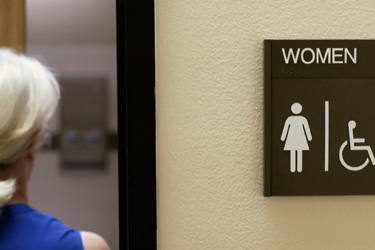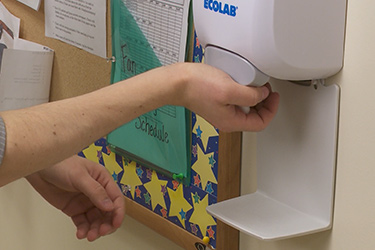Infection Control
Preventing Infections
Show more
Managing Stress Associated with the COVID-19 Virus Outbreak
Coronavirus (COVID-19) Fact Sheet
Long COVID
Hand Washing Tips
Isolation vs. Quarantine
Wash Your Hands!
Cold? Flu? Allergies? Or is it COVID-19?
What is a Weakened Immune System?
What is a Ventilator?
The Importance of Wearing A Mask
Step-by-Step: Washing Your Hands
Step-by-Step: Changing a Wound Dressing
Step-by-Step: Sterile Techniques for Putting on Gloves
Step-by-Step: Sterile Techniques for Taking Off Gloves
Step-by-Step: Using a Hand Sanitizer
Preventing an Infection While in the Hospital
Infection Prevention (Patients)
Infection Prevention (Visitors)
Hand Hygiene
Infection Prevention: Hand Washing
Hand Washing: Hand Sanitizer
Care in the Hospital: CHG Bathing
Using Chlorhexidine Gluconate (CHG) Disposable Cloths to Prevent Infection
Infection Prevention: Symptoms and Treatment
Preventing Infections at Home
Infection Prevention: Incentive Spirometry
Preventing Infection After Surgery
Preventing Bloodstream Infections
MRSA Prevention
MRSA: What You Need to Know (Part 1)
Video in
English


